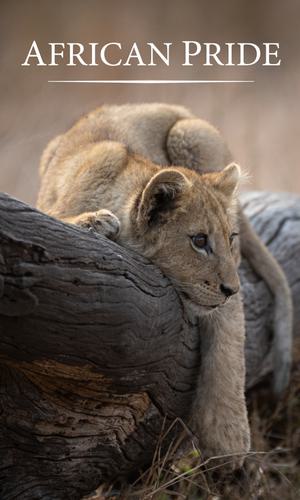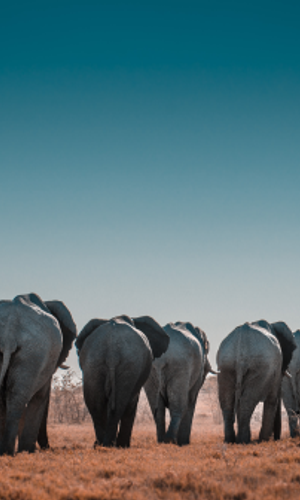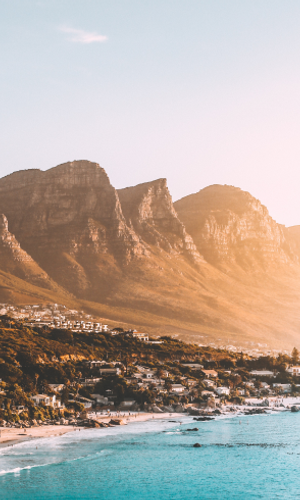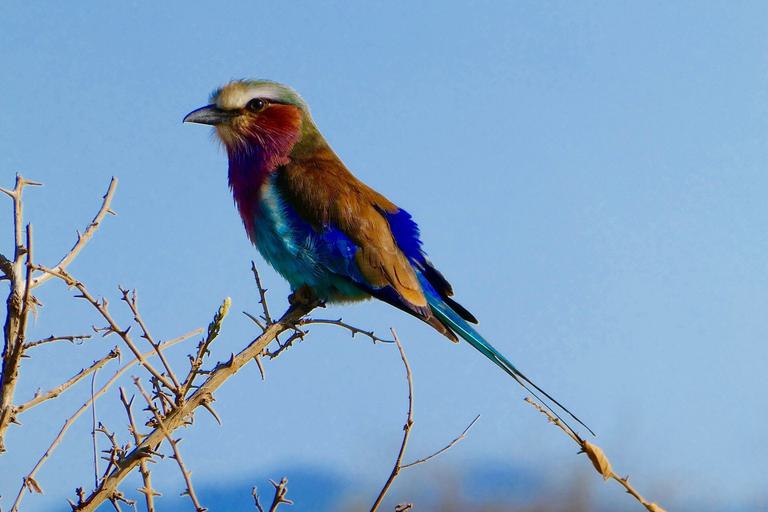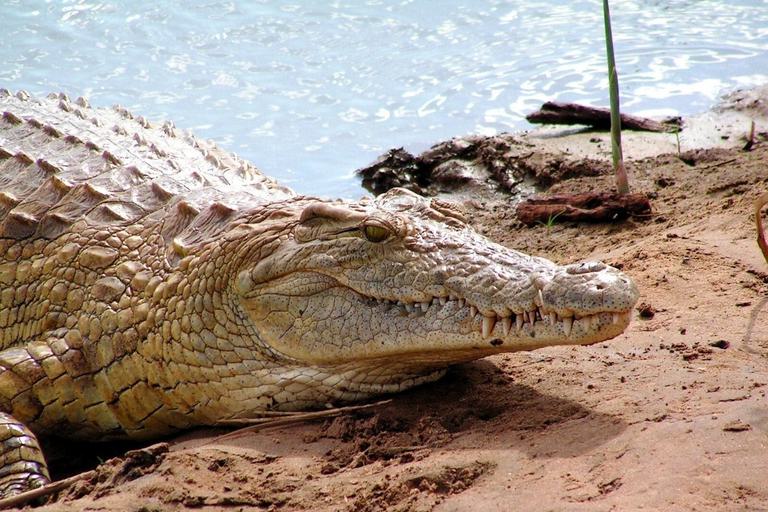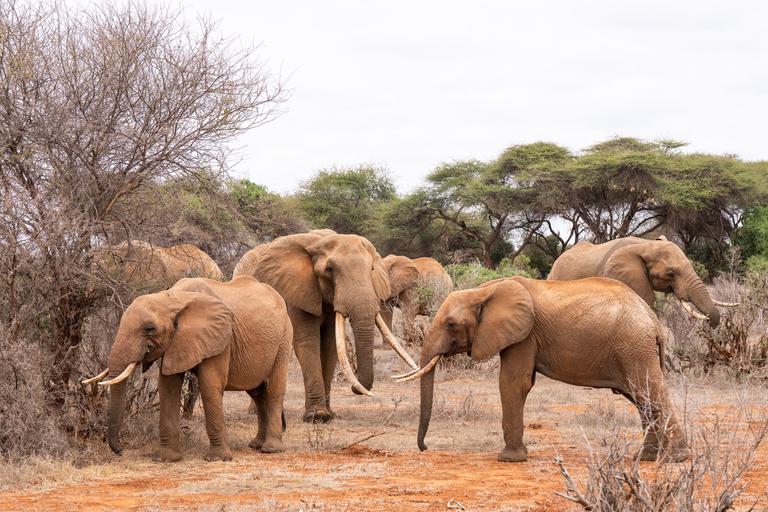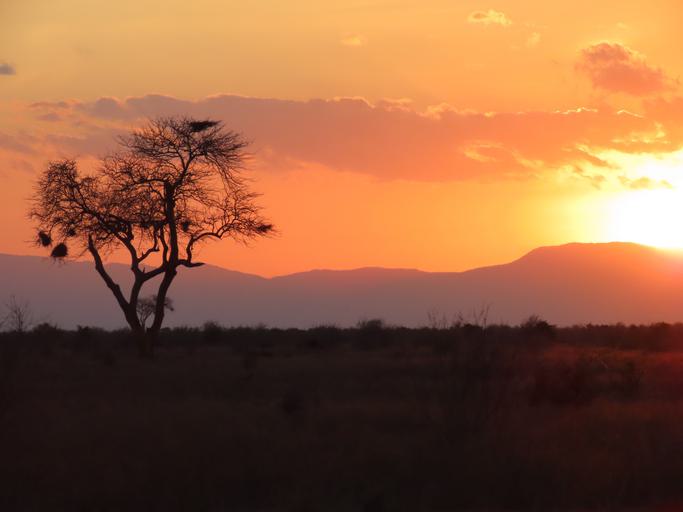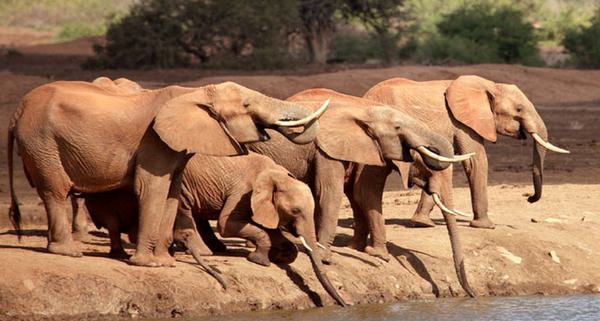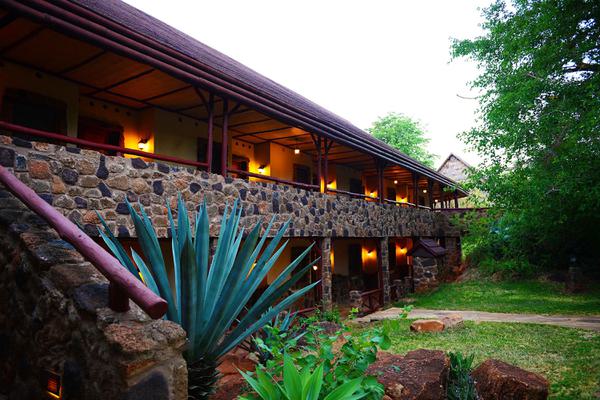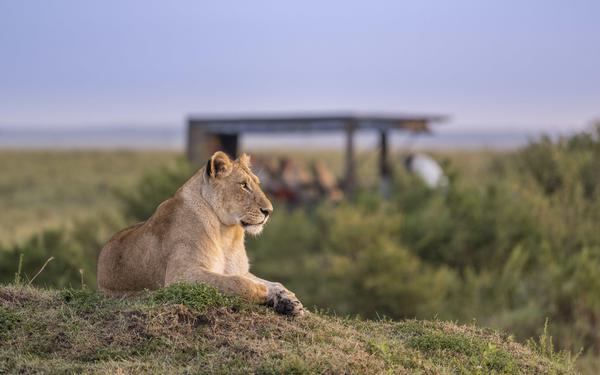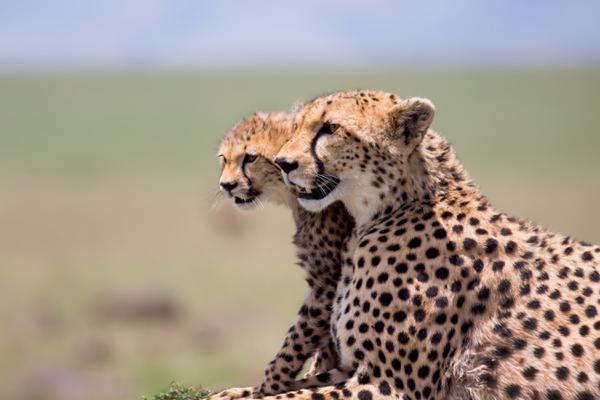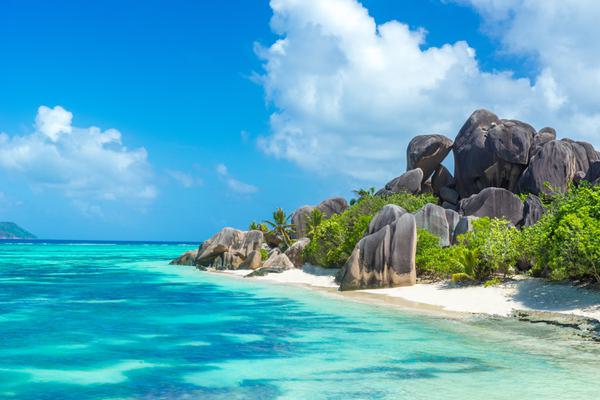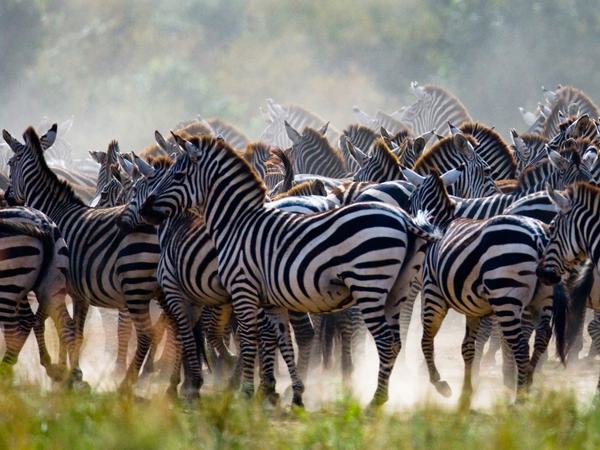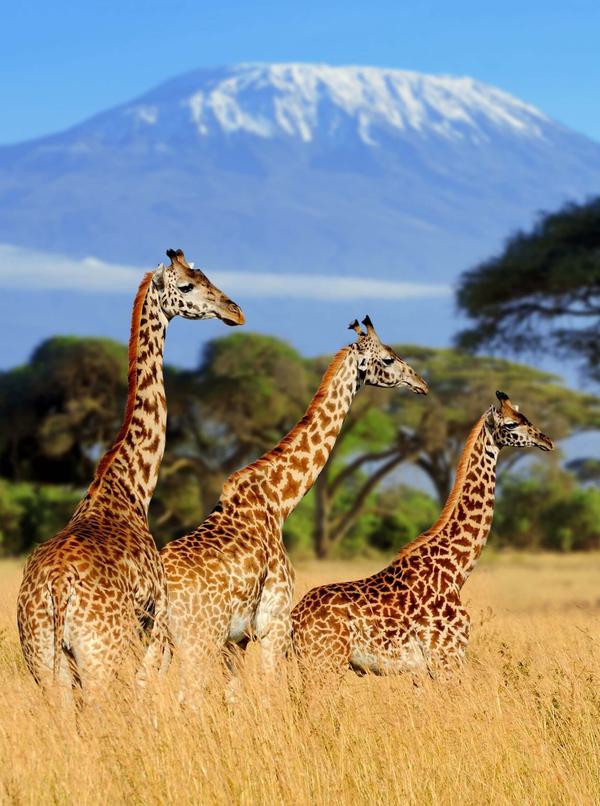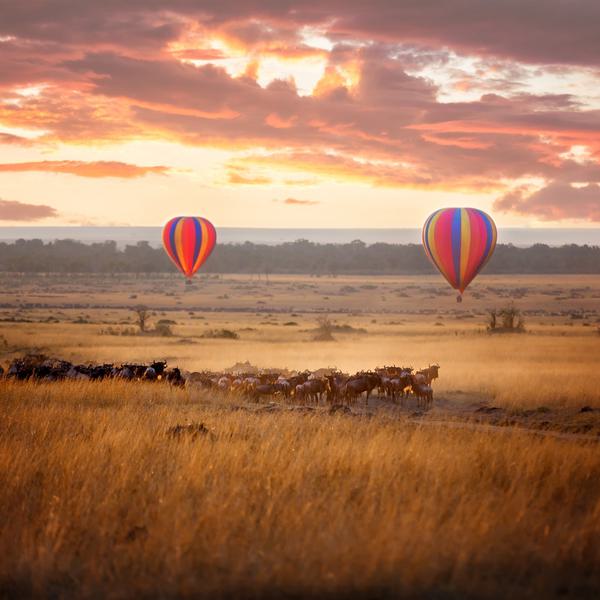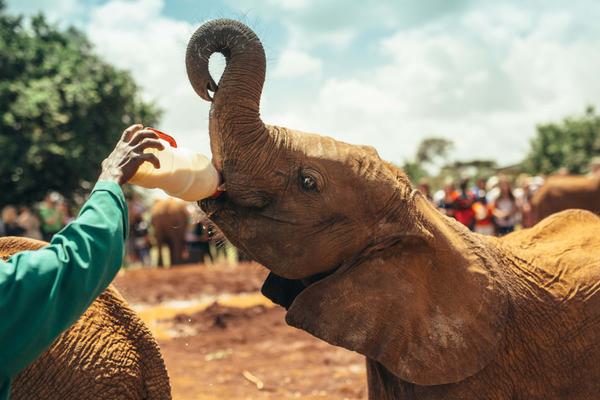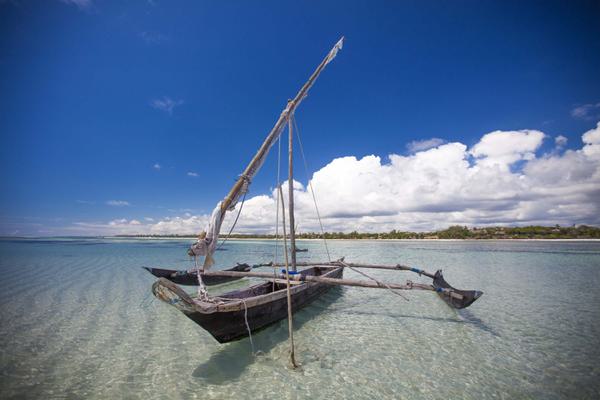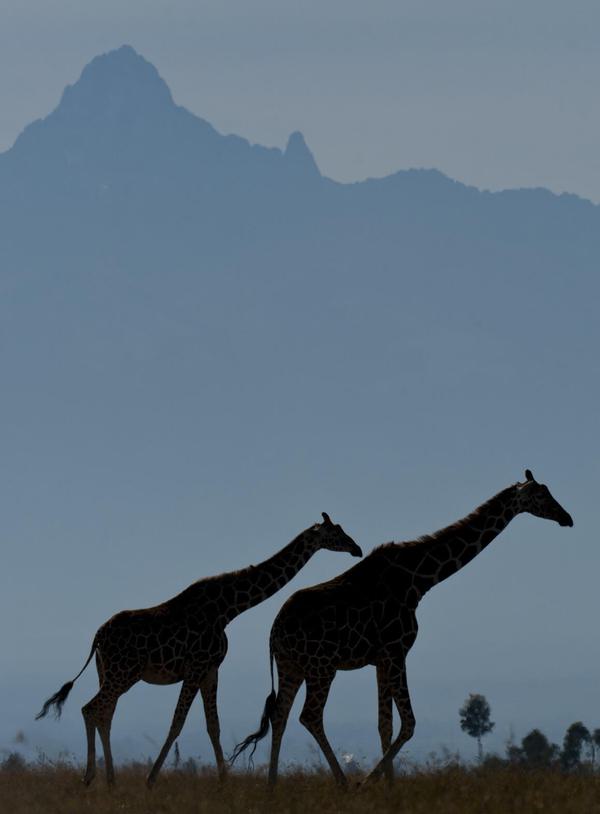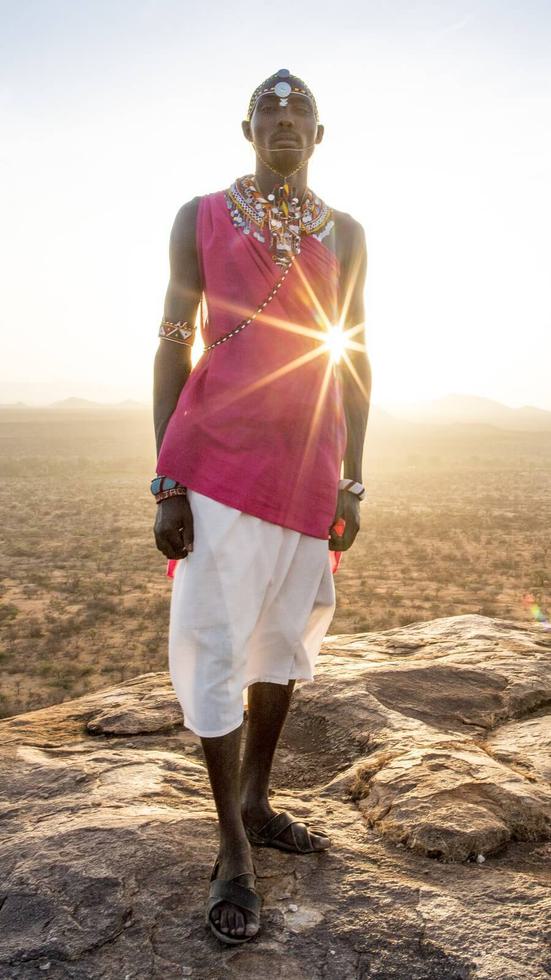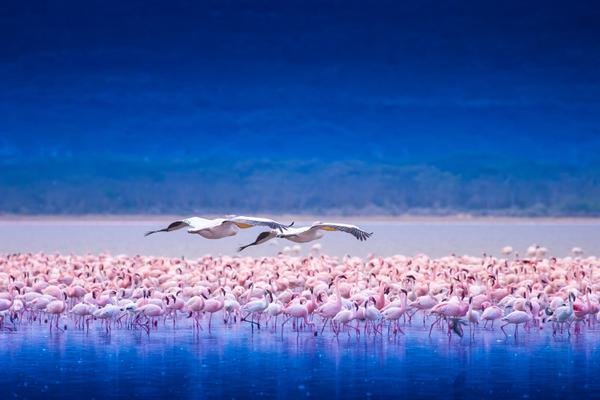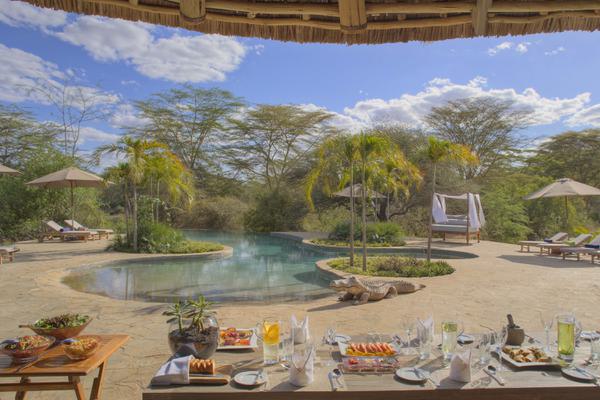
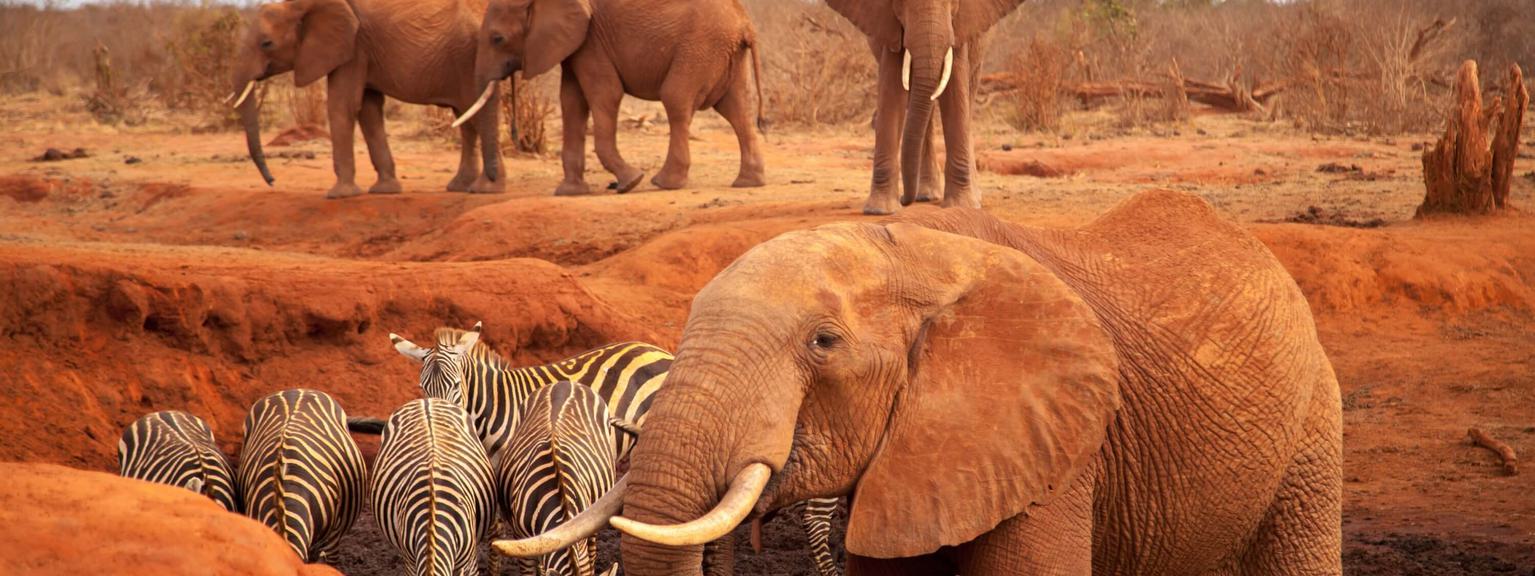
Tsavo National Park
Why safari in Tsavo National Park?
Tsavo National Park, the largest national park in Kenya, stands out for its sheer size, rugged terrain, dramatic, volcanic landscapes and unique wildlife experiences. The park is split into two - Tsavo East and Tsavo West, each with very distinct features. The wildlife here is not as prolific as in the Mara, but sightings are all the more rewarding as a result. The parks are less crowded too, making the experience more exclusive and immersive. The scenery is incredible, the sunsets amazing and the beaches of Mombasa are within easy reach, ideal for a safari and beach combination.
Discover Tsavo National Park
Tsavo National Park Highlights
- Tsavo West is known for its volcanic hills, rocky outcrops and lush woodlands. Plains stretch in all directions, with Kilimanjaro, the Chyulu Hills, the Taita Hills and Ngulia Mountains on the horizon.
- The Shetani Lava Flow, a sprawling field of ancient black volcanic rock from an eruption centuries ago, is a striking feature of the park. Nearby, Mzima Springs serves as a green oasis, fed by underground streams flowing from Kilimanjaro. The springs draw hippos, crocodiles and fish, which visitors can observe up close from an underwater viewing chamber.
- The Ngulia Rhino Sanctuary provides a protected area for the endangered black rhino, and plays a vital role in rhino conservation.
- Tsavo West has a healthy population of predators including lions, leopards and cheetah, it’s always a thrill to spot one in the dense bush.
- The rugged terrain makes for breathtaking sunsets, when the volcanic landscapes are bathed in golden light.
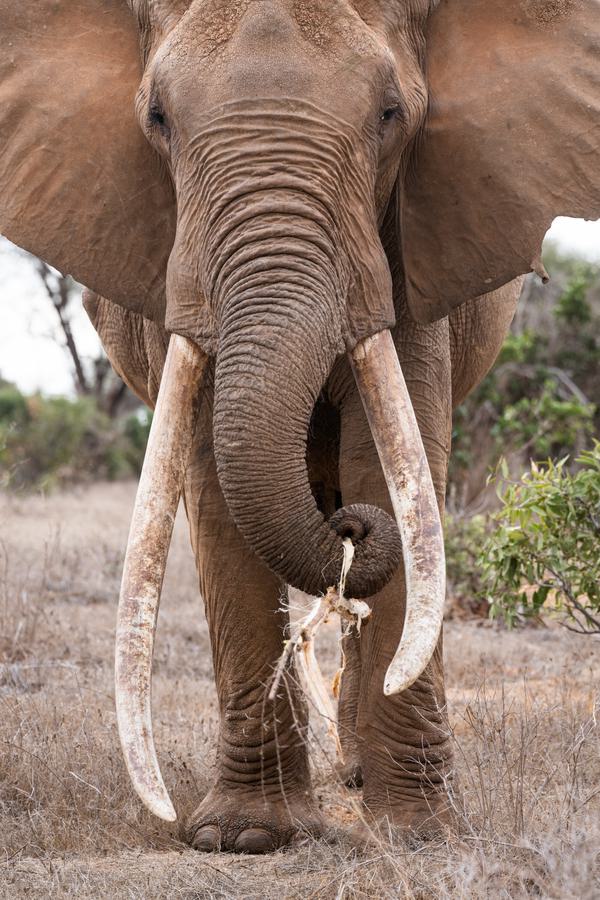
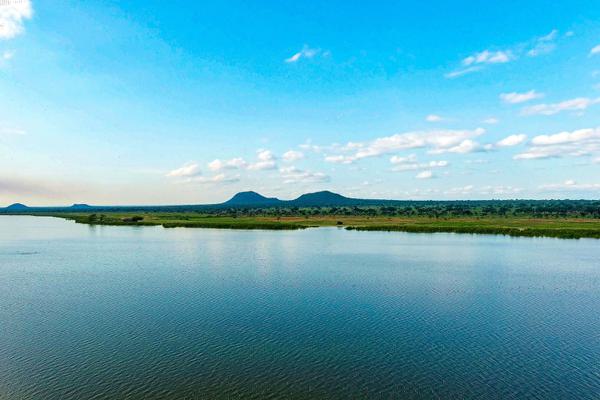
- Tsavo East sits at a lower altitude to Tsavo West and is hotter and drier. The landscape is characterised by vast open plains, bushy grassland and red volcanic soil.
- The Galana River flows through the park and forms the Lugard Falls, a great area to spot hippo and crocodiles.
- Most game viewing is concentrated south of the Galana River, where you may see large herds of ‘red elephants’, so-called because their skin takes on a distinctive colour from dust-bathing in the unique red soil. You may also spot rhino, leopard, lion, waterbuck, kudu, gerenuk, and the rare Hunter's hartebeest.
- The Aruba Dam, an artificial dam, attracts a large number of animals, especially during the dry season.
- The Yatta Plateau is an extensive lava flow that stretches over 300 kilometres, an impressive natural landmark and a highlight of the park.
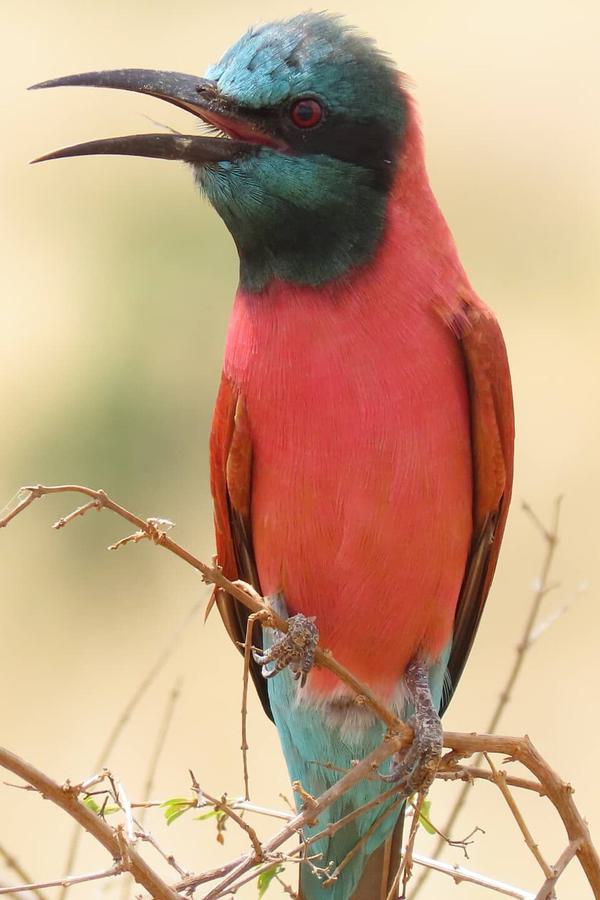
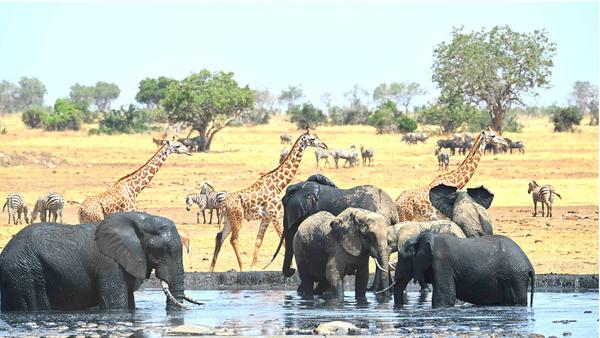
Where to stay in Tsavo National Park
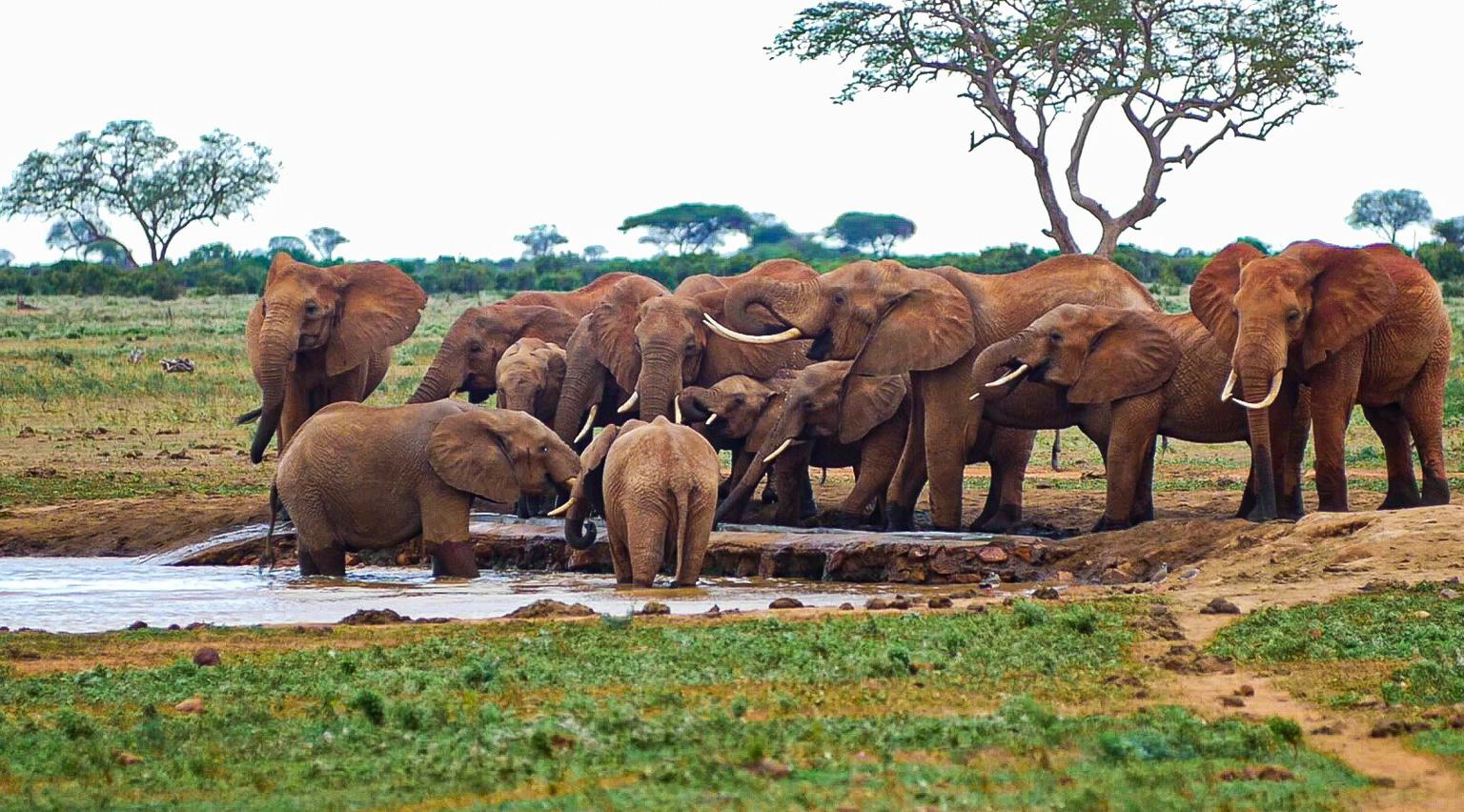
When to travel to Kenya for a safari
The dry season months of January to March and July to October are generally the best times to visit Kenya for a safari. The days are cooler but still warm and it is generally dry. The Great Migration typically arrives in the Masai Mara between July and September.
Best
Good
jan
feb
mar
apr
may
jun
jul
aug
sep
oct
nov
dec
Why Travel with African Pride?
How to plan a holiday
Your choice of holiday and safari to Africa & the Indian Ocean will be unique to you.
Using our extensive knowledge, experience and passion for Africa built up over many years, we are perfectly placed to tailor your personalised itinerary.
Choose your preferred destinations or experiences to include in a holiday
Talk to your travel adviser or us about your holiday requirements
We use our expertise to design an ideal holiday based on your preferences
We use the latest deals and offers for the best price available at the time
Special occasion? We can suggest little extras and hidden gems
Contact Us
